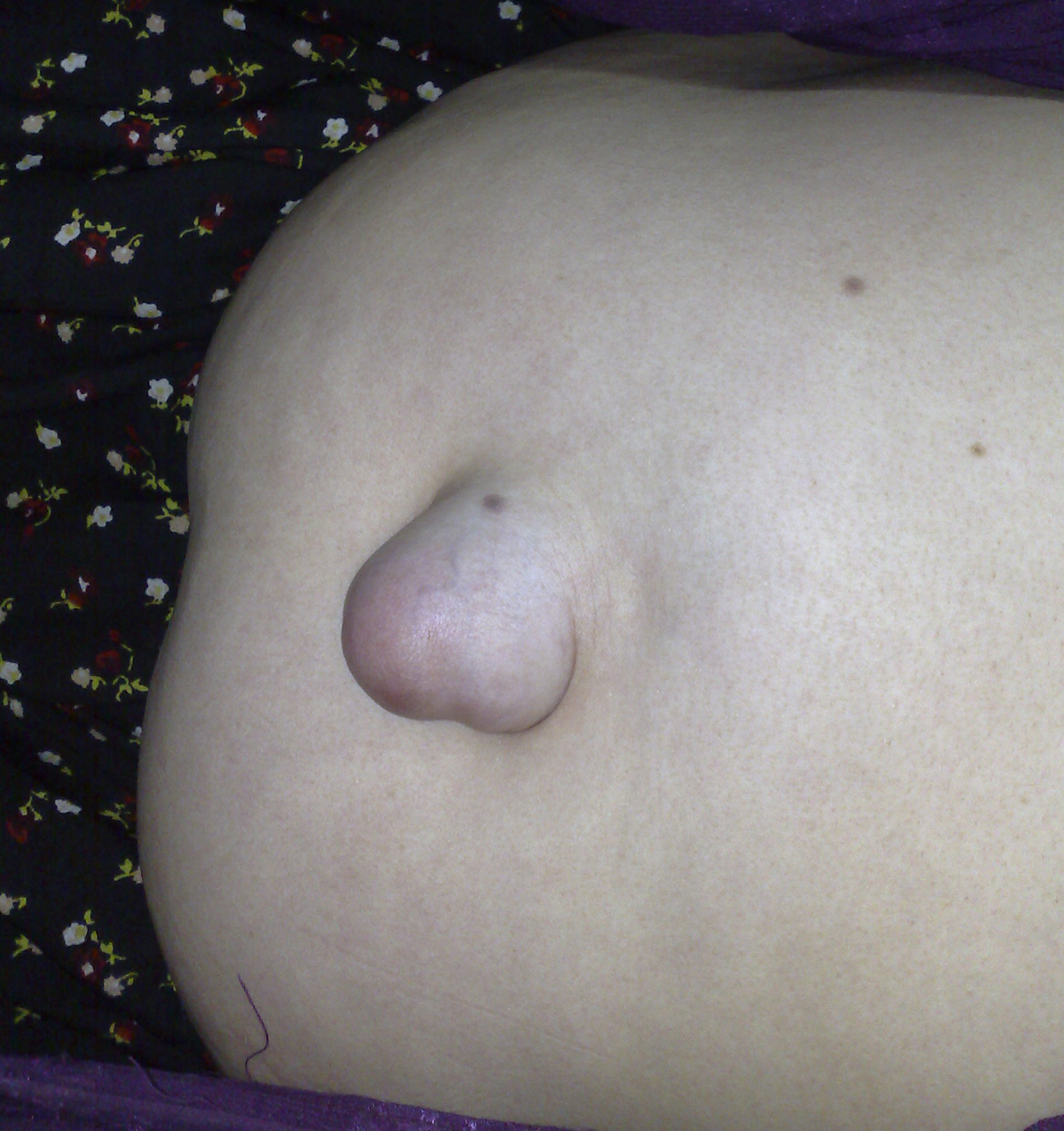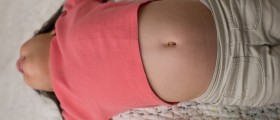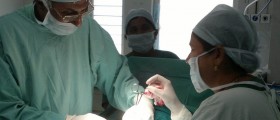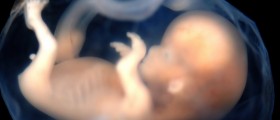
Umbilical Hernia-Overview
A hernia occurs when the contents of a body cavity bulge out of the area where they are normally contained.
Umbilical hernia is a condition characterized by an outward protrusion of the abdominal lining or part of the abdominal organs through the area around the navel. Although this type of hernias is more common in children, it can affect adults as well. This is not characterized as a serious condition, and it is usually not related to other health problems.
Causes
During pregnancy, in order for the fetus to get the nourishment it needs, the umbilical cord passes through one small opening in the abdominal muscles. This opening usually closes before birth. However, if the muscles do not join together completely in the midline of the stomach, this can cause hernias to appear at birth or later in life.
When it comes to adults, too much pressure put on the abdomen can cause this type of hernia. Causes of umbilical hernia can be: multiple pregnancies, heavy lifting, obesity, long-lasting cough, tumors, fluid in the abdominal cavity, excessive straining during a bowel movement, etc.The chances of a person having a hernia increase, if someone in the family has this condition.
These can also be the factors that may worsen the condition when a person already has umbilical hernia. It is, therefore, recommended that one try and firstly remove the cause of the hernia.
Symptoms
The most common symptom of this condition is bulging around the navel (the bulge can range from 1 to 5 centimeters in diameter). Also, the signs and symptoms of a hernia can range from noticing a painless lump to the painful, tender, swollen protrusion of tissue that one is unable to push back into the abdomen.This might mean that the lump contains part of an organ.
Around the bulge there might be signs of an inflammation, or a blush tinge nearit.
It is important that a person consult a doctor as soon as they have noticed the hernia, because adults are more likely to experience some complication if the hernia is left untreated. These complications are usually incarceration and obstruction of the intestines, and these may be quite severe. In fact, emergency surgery is needed to treat these complications.
Treatment
When it comes to children these types of hernia tend to disappear before the age of three. Those that don’t close need surgery.
However, because adults are more prone to complications, surgery is the typically recommended treatment, especially if the hernia seems to be getting bigger or more painful. During the surgery, a small incision is made below the navel. The bulge is either pushed back in, or cut off (depending on the size and whether an organ has been a part of the hernia). Then it is stitched back and a mesh is sometimes added to strengthen the muscles and decrease the chances of the hernia returning.
Also, one should talk to the doctor about the post treatment care, which is important also to avoid recurring umbilical hernias.






-And-Children-16-Warning-Signs-And-Symptoms_f_280x120.jpg)










Your thoughts on this
Loading...